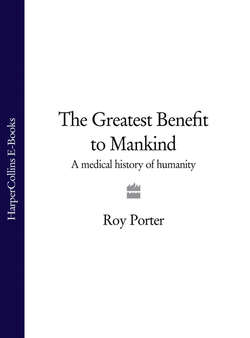Читать книгу The Greatest Benefit to Mankind: A Medical History of Humanity - Roy Porter - Страница 45
CHAPTER VI INDIAN MEDICINE
ОглавлениеEACH AREA OF THE GLOBE has created a medicine of its own. The neolithic revolution in India and China produced civilizations comparable in complexity and achievements to the developments discussed in the Middle East, the Levant and the eastern Mediterranean, like these, founded upon an agrarian economy sustaining, and sustained by, political overlords and large urban settlements. In the great Asiatic empires social hierarchy and the consequent division of labour facilitated the emergence of specialist healers, together with priests, wise men and bureaucrats.
The consolidation of writing encouraged learned traditions which helped to give permanence to particular corpuses of medical (as well as religious and philosophical) erudition. As with the writings of Hippocrates and Galen in the West, the result tended to be a glorification of tradition, and the associated belief that a fixed, permanent and perfect medicine had, in a quasi-divine manner, been handed down from some far-distant origin. It was the duty of successors to uphold such a tradition, protecting and purifying it against the threat of corruption. Such values imparted into Asian medical systems a great durability; they certainly gave no encouragement to innovation. Indian and Chinese medicine alike proved tenacious and encouraged myths of an essential unchangingness – though this was actually belied by developments. The consequence was that both traditional Indian and traditional Chinese medicine continued in place; yet both experienced in due course a tense and ambiguous encounter with western ‘scientific medicine’, which left them compelled to take aspects of it on board.
